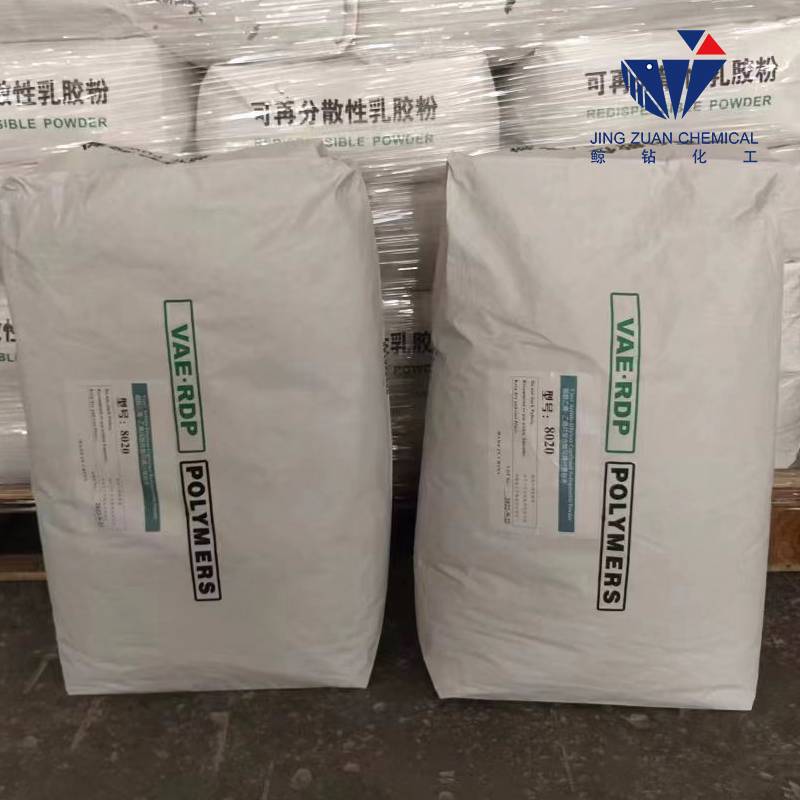
Oct . 18, 2024 10:58 Back to list
Hydroxyethyl Cellulose CAS Number and Its Applications in Various Industries
Hydroxyethyl Cellulose An Overview
Hydroxyethyl cellulose (HEC) is a water-soluble polymer derived from cellulose, a natural polysaccharide found in the cell walls of plants. Due to its unique properties, HEC has found numerous applications across various industries, including pharmaceuticals, cosmetics, food, and construction. With the CAS number 9004-62-0, hydroxyethyl cellulose is recognized for its versatility and effectiveness, making it a staple in many formulations.
Properties of Hydroxyethyl Cellulose
HEC is primarily known for its thickening, binding, and stabilizing properties. When dissolved in water, it forms a clear and viscous solution, which can enhance the texture and performance of products. One of the most notable characteristics of HEC is its efficient thickening capacity at low concentrations, which allows formulators to achieve desired viscosities without significantly altering the fluid's other properties.
Another important feature of HEC is its non-ionic nature, which makes it compatible with a wide range of ionic and non-ionic ingredients. This attribute is particularly beneficial in formulating cosmetic and personal care products where compatibility with other ingredients is crucial. HEC is also resistant to degradation by electrolytes and has good thermal stability, which further extends its usability in various formulations.
Applications of Hydroxyethyl Cellulose
1. Pharmaceuticals In the pharmaceutical industry, hydroxyethyl cellulose is commonly used as a thickening agent and stabilizer in gels and ointments. Its ability to enhance the viscosity of formulations also aids in controlling the release rates of medications, making it an important excipient in controlled-release formulations.
2. Cosmetics and Personal Care HEC is widely utilized in cosmetics, including lotions, creams, shampoos, and conditioners, due to its excellent emulsifying and thickening properties. It improves the texture and spreadability of products, providing a pleasing sensory experience for consumers. Additionally, HEC helps stabilize emulsions, preventing separation of oil and water phases in cosmetic products.
hydroxyethyl cellulose cas no

3. Food Industry In the food sector, hydroxyethyl cellulose serves as a thickener, stabilizer, and emulsifier. It enhances the mouthfeel and texture of various food products, including sauces, dressings, and dairy items. HEC is recognized as a safe additive with the designation of Generally Recognized As Safe (GRAS) by regulatory bodies, allowing its incorporation in a variety of consumables.
4. Construction HEC is also employed in the construction industry, particularly in cement-based formulations. It acts as a water-retention agent in mortars and plasters, improving workability and preventing the rapid hardening of mixtures. The inclusion of HEC in construction materials enhances their durability and application performance.
Environmental and Safety Considerations
Hydroxyethyl cellulose is regarded as a low-toxicity substance, making it a preferred choice in formulations, especially in personal care products. Being derived from natural cellulose, HEC is biodegradable, posing minimal environmental impact compared to synthetic polymers. However, like any chemical, it is essential to adhere to safety guidelines and regulatory standards to ensure its safe use. Manufacturers must provide proper labeling and information regarding its concentration and application to minimize any potential risks.
Future Prospects
As industries increasingly focus on sustainable practices and products with natural ingredients, hydroxyethyl cellulose stands out as an ideal candidate due to its biodegradable nature and versatility. Research and development efforts are likely to explore new applications and innovative formulations using HEC. Furthermore, with the growing demand for eco-friendly products, HEC can play a significant role in developing sustainable alternatives across various sectors.
Conclusion
Hydroxyethyl cellulose is a multifunctional polymer with a wide range of applications, thanks to its unique properties and versatility. Its status as a non-toxic and biodegradable compound aligns well with the increasing demand for sustainable products in the marketplace. As industries continue to evolve, HEC is poised to remain a valuable ingredient in formulations, contributing to the advancement of various fields, from healthcare to cosmetics and construction. The future of hydroxyethyl cellulose is bright, as it meets both consumer needs and environmental considerations, making it a key player in the ever-evolving landscape of material science and product development.
-
Versatile Hpmc Uses in Different Industries
NewsJun.19,2025
-
Redispersible Powder's Role in Enhancing Durability of Construction Products
NewsJun.19,2025
-
Hydroxyethyl Cellulose Applications Driving Green Industrial Processes
NewsJun.19,2025
-
Exploring Different Redispersible Polymer Powder
NewsJun.19,2025
-
Choosing the Right Mortar Bonding Agent
NewsJun.19,2025
-
Applications and Significance of China Hpmc in Modern Industries
NewsJun.19,2025







